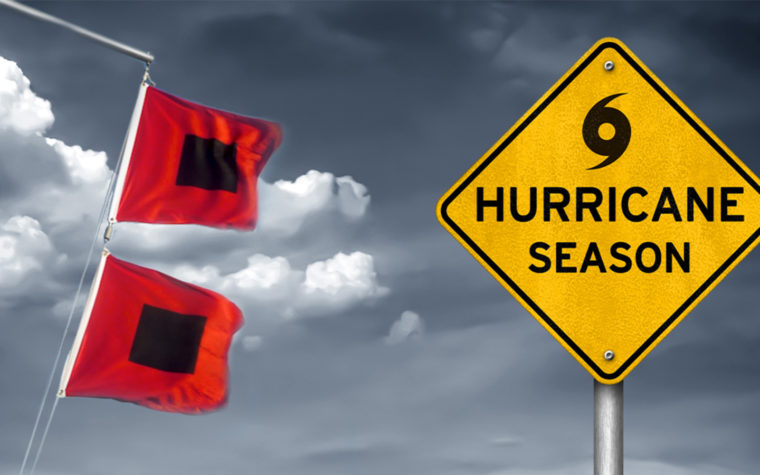The 2023 Atlantic hurricane season has officially begun, ushering in the start of a six-month stretch when forecasters expect storms to churn in the ocean and threaten the East Coast of the United States.
One year ago, the season got off to a slow start before a total of 14 named storms formed in the Atlantic Ocean. Still, the season brought destructive power as Hurricane Ian became one of the deadliest and costliest storms to ever hit the country. Storm activity was prolific in 2020 and 2021, reaching record levels.
Three leading forecasters — the National Oceanic and Atmospheric Administration (NOAA), AccuWeather and Colorado State University — have issued predictions for this year’s season. Here’s what they expect:
The remnants of Hurricane Ida made landfall on Staten Island in 2021. (Staten Island Advance/Derek Alves)(Staten Island Advance/Derek Alves)
Federal forecasters last week said there is a 40% chance storm activity is at near-average levels this year, though there remains a 30% chance for above-normal activity and a 30% chance for below-normal activity.
The NOAA forecasts between 12 and 17 named storms with winds of at least 39 mph, between five and nine hurricanes and one to four hurricanes reaching Category-3 status touching 111 mph.
“It’s time to prepare. Remember, it only takes one storm to devastate a community,” said Dr. Richard Spinrad, NOAA administrator. “Regardless of the statistics I shared, if one of those named storms is hitting your home, your community, it’s very serious.”
Tropical Storm Isaias caused devastation and outages across Staten Island in 2020. (Staten Island Advance/Jan Somma-Hammel)
AccuWeather meteorologists issued similar predictions for the 2023 season, forecasting between 11 to 15 named storms, with four to eight of those storms reaching hurricane strength. One to three of those hurricanes will reach devastating Category-3 status of at least 111 mph, according to AccuWeather.
“We are also projecting two to four direct impacts on the United States, including Puerto Rico and the Virgin Islands,” AccuWeather senior meteorologist and hurricane expert Dan Kottlowski said in a release.
AccuWeather forecasters said Florida, which was battered by Ian, remains at greater risk for storm activity than other parts of the country.
The hurricane season officially ends on Nov. 30. A subtropical storm that formed off the East Coast in January is now being recognized as the first official activity of the season.
A flooded Weed Avenue in New Dorp Beach with a stranded car on Oct. 30, 2012, after Hurricane Sandy devastated Staten Island. (Staten Island Advance/Hilton Flores)Staff-Shot
COLORADO STATE UNIVERSITY
Meteorologists at Colorado State University in a mid-April forecast said the 2023 season would be slightly less active than normal.
The university said 13 named storms, six hurricanes and two major hurricanes would form in the Atlantic, primarily citing an evolving El Niño pattern that typically leads to less-conducive environmental conditions for storm development.
“We anticipate a near-average probability for major hurricanes making landfall along the continental United States coastline and in the Caribbean,” the researchers wrote. “As is the case with all hurricane seasons, coastal residents are reminded that it only takes one hurricane making landfall to make it an active season for them.”
Colorado State University will unveil an updated forecast on Thursday.










